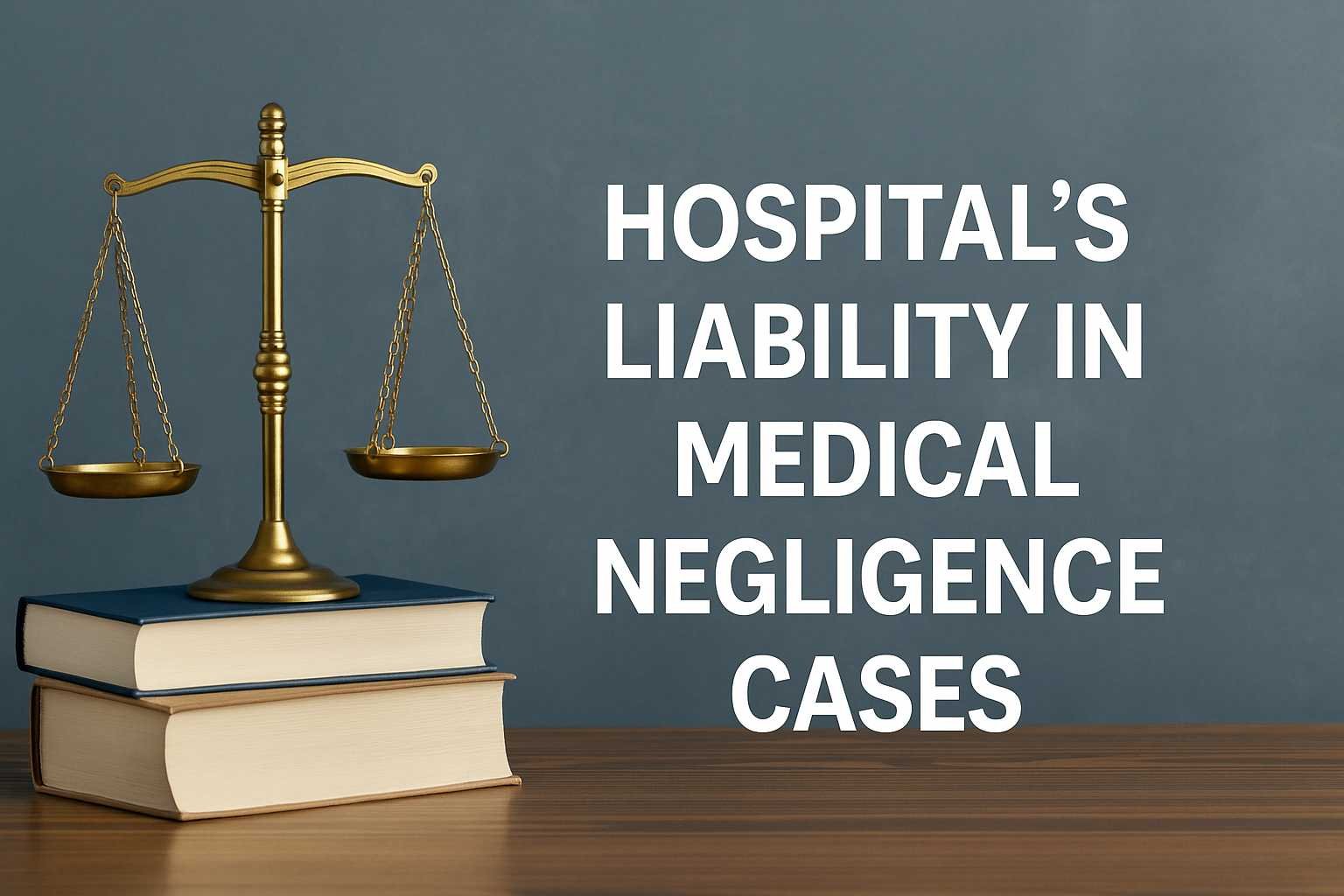On this page you will read detailed information about Social Security Retirement.
1) The basics: when you can claim—and what “full retirement age” means
You can claim retirement benefits as early as age 62, but your monthly check is permanently reduced if you file before your Full Retirement Age (FRA). For anyone born in 1960 or later, FRA is 67. Delaying past FRA boosts your benefit via delayed retirement credits until age 70. Filing earlier gives you more checks, but each one is smaller; delaying gives you fewer checks, but they’re larger for life.
Quick rule of thumb:
- Claim at 62 if you have shorter life expectancy, need the income, or want to protect a lower-earning spouse’s benefits sooner.
- Target FRA (67 for 1960+) if you plan to work to that age and want a “no-penalty” benefit.
- Delay to 70 if you expect longevity, want inflation-protected income insurance, or are the higher earner in a couple.
2) 2025 cost-of-living adjustment (COLA)
Benefits increased by 2.5% for 2025 (applied to December 2024 benefits, paid in January 2025). COLA helps your check keep pace with consumer prices, using the CPI-W formula set in law.
Why it matters: COLA compounds. Today’s 2.5% becomes part of your new base, so future COLAs apply on top of it.
3) Working while on Social Security: the 2025 earnings test
If you claim before FRA and keep working, the retirement earnings test may temporarily withhold part of your benefit:
- Under FRA all year (2025): You can earn up to $23,400. Above that, $1 is withheld for every $2 you earn over the limit.
- Reaching FRA in 2025: The higher limit is $62,160 for the months before you hit FRA; above that, $1 is withheld for every $3 over the limit.
The test disappears starting the month you reach FRA, and withheld benefits aren’t “lost”—your benefit is recalculated upward at FRA.
4) Taxes and the 2025 payroll cap
Two tax items matter in 2025:
- Payroll “taxable maximum”: Workers and employers pay OASDI (Social Security) tax on wages up to $176,100 in 2025 (self-employed pay both sides). This cap also influences how benefits are calculated for higher earners.
- Income taxes in retirement: Your Social Security may be federally taxable depending on “combined income.” Up to 85% of benefits can be taxable at higher income levels (the combined-income thresholds are set in law and haven’t been indexed). Plan withdrawals, timing of Roth conversions, and charitable gifts carefully to manage your bracket. (General rules; check your tax advisor.)
5) Medicare costs you should budget for
Most retirees enroll in Medicare around 65 (or when leaving employer coverage). In 2025, the standard Part B premium is $185/month and the annual Part B deductible is $257. These amounts are typically deducted from your Social Security check once you’re enrolled, which affects your net deposit.
Tip: If you’re delaying Social Security but starting Medicare, you’ll pay Part B directly until your benefit starts.
6) How your benefit is actually calculated
Social Security computes your primary insurance amount (PIA) using your highest 35 years of wage-indexed earnings. If you have fewer than 35 years, zeros fill the gaps—so part-time work late in your career can replace low or zero years and lift your benefit. Claiming earlier or later than FRA adjusts that PIA down or up. (SSA’s calculators and your personal “my Social Security” account show precise numbers.)
7) Smart timing for couples
Couples can increase joint lifetime income by coordinating claiming:
- If one spouse is the higher earner and you expect average or better longevity, consider delaying the higher earner’s benefit (ideally to 70). That raises the survivor benefit, which continues for life for the remaining spouse.
- The lower earner might file earlier to bring income into the household while the higher earner delays.
- Remember spousal and survivor rules depend on each spouse’s claiming age and work record.
In the previous post, we had shared information about Registering A Will In India In 2024: The Complete Process, so read that post also.
8) Longevity and breakevens (without a calculator)
A common breakeven for delaying from 67 to 70 is around your early 80s. If you (or a spouse who could outlive you) are likely to reach the mid-80s or beyond, delaying often wins on total dollars and risk management. If health issues or cash-flow needs dominate, claiming earlier can be perfectly rational. Social Security is inflation-linked and longevity-hedged, making it a unique pillar of retirement income.
9) Coordinating Social Security with investments and taxes
- Sequence of withdrawals: Some retirees spend taxable savings (or do partial Roth conversions) in their 60s while delaying Social Security, aiming to reduce lifetime taxes and secure a larger guaranteed benefit later.
- Tax “torpedoes”: Adding IRA withdrawals or realized gains on top of Social Security can push more of your benefits into the taxable range. Map out brackets before selling assets or doing conversions.
- Required minimum distributions (RMDs): Starting at the statutory RMD age, IRA withdrawals can bump your income. Planning between retirement and RMD age—especially if delaying Social Security—can smooth taxes across years.
10) If you’re still working at 67+
Once you hit FRA, you can earn any amount without the earnings test. You’ll still pay payroll tax if you work, and additional high-earning years can replace low years in your 35-year record, nudging your benefit higher the following year.
11) Program health and why your timing still matters
Trust fund projections change with the economy and policy; Congress has many levers (taxable maximum, rate, benefit formula, etc.). Regardless of future reforms, your personal claiming decision—based on health, work, spouse, and savings—has a larger impact on your lifetime outcome than headlines do. (For authoritative updates, rely on SSA/CMS, not rumor sites.)
12) Your 2025 action checklist
- Create/refresh your “my Social Security” account and verify your earnings history.
- Run FRA vs. 62 vs. 70 scenarios (solo and, if applicable, coordinated with a spouse).
- Map cash needs and decide whether bridging with savings to delay benefits is worthwhile.
- Check the earnings test if you’ll work before FRA (watch the $23,400 and $62,160 limits).
- Budget for Medicare premiums and the Part B deductible to estimate your net deposit.
- Plan taxes: review combined income, Roth conversion windows, and charitable strategies.
- Set a filing date a few months in advance; SSA processing isn’t instant.
Quick reference for 2025
- FRA: 67 for those born 1960+
- COLA: 2.5% increase for 2025 (paid starting January 2025).
- Earnings test limits: $23,400 (under FRA all year); $62,160 (reaching FRA in 2025).
- Taxable maximum: $176,100.
- Medicare Part B premium: $185/month; deductible $257.
Final word
Social Security is not “one size fits all.” The right move blends your health outlook, work plans, spouse’s benefits, and tax picture. Use the official SSA tools, build a year-by-year cash-flow plan, and treat your claiming age as a strategic decision—because in retirement, guaranteed, inflation-adjusted income is hard to beat.
Disclaimer
The information and services on this website are not intended to and shall not be used as legal advice. You should consult a Legal Professional for any legal or solicited advice. While we have good faith and our own independent research to every information listed on the website and do our best to ensure that the data provided is accurate. However, we do not guarantee the information provided is accurate and make no representation or warranty of any kind, express or implied, regarding the accuracy, adequacy, validity, reliability, availability, or completeness of any information on the Site. UNDER NO CIRCUMSTANCES SHALL WE HAVE ANY LIABILITY TO YOU FOR ANY LOSS OR DAMAGE OF ANY KIND INCURRED AS A RESULT OR RELIANCE ON ANY INFORMATION PROVIDED ON THE SITE. YOUR USE OF THE SITE AND YOUR RELIANCE ON ANY INFORMATION ON THE SITE IS SOLELY AT YOUR OWN RISK. Comments on this website are the sole responsibility of their writers so the accuracy, completeness, veracity, honesty, factuality and politeness of comments are not guaranteed.
So friends, today we talked about Social Security Retirement, hope you liked our post.
If you liked the information about Social Security Retirement, then definitely share this article with your friends.







